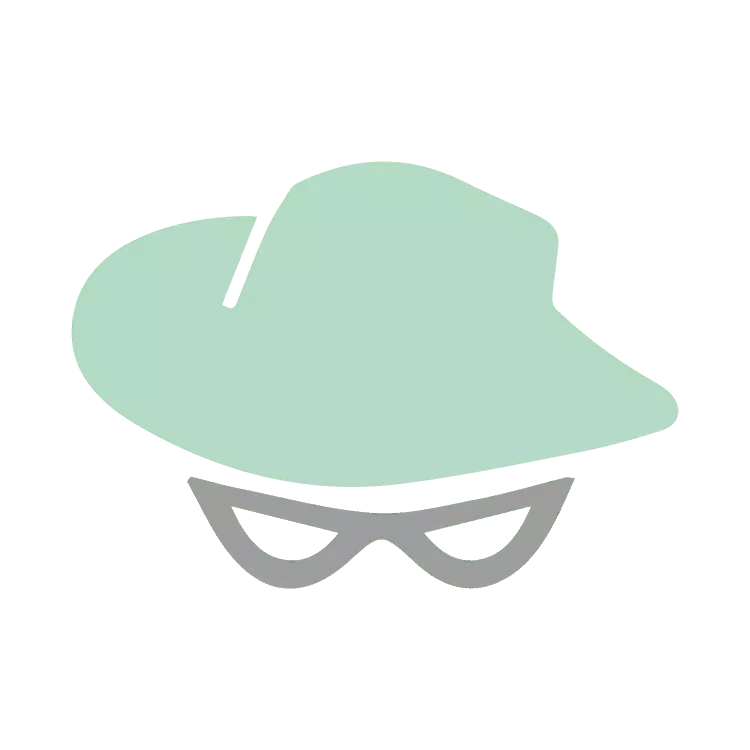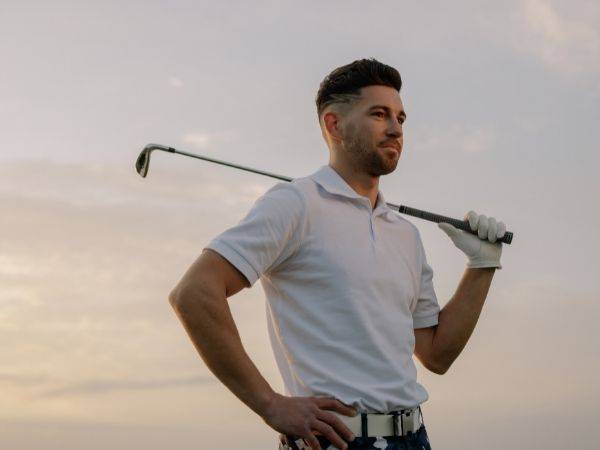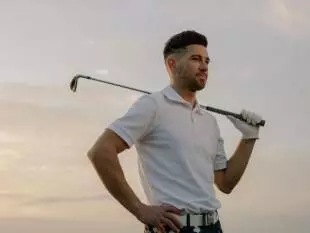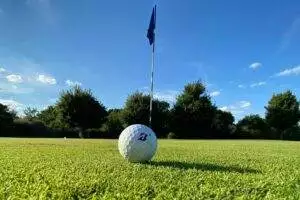If you have ever played golf, or even gone along to the fairway just to watch a game, you may well have heard a player yell “fore” before hitting the golf ball. So why is it that golfers do this? And what does this word mean exactly?
In actual fact it’s pretty simple. “Fore” is a term used by pro golfers and amateur players alike to warn other golfers or any member of the audience that a ball that has been struck could be heading in their direction, and that they should take evasive action.
Whether it be an errant shot or simply a matter of them standing too close to the play, by yelling “fore” golfers issue a warning to any person standing close to them that their immediate reaction should be to protect their head, or their property, to prevent injury or serious damage.
Origins of The Word “Fore” – an Explanation
Whilst it is widely assumed that the use of the word “fore” in golf originated in Scotland, its precise etymology still remains unclear.
One theory is that it derived from “fore caddie”, who was an assistant employed by the golfer to wait ahead of the golf ball to find where it might land. Because of the danger that this had the potential to cause, they would hear their golfers yell “fore” to warn of an incoming ball in the event of a wayward shot. Caddies would hear this and duck or cover their heads to avoid being hit by the ball.
It has also been suggested that the shout “fore” may have derived from the Irish battle cry “Faugh A Ballagh!”, which meant “Clear the Way!”, although there is no actual evidence of this.
“Fore” in Scottish Vocabulary – an Example
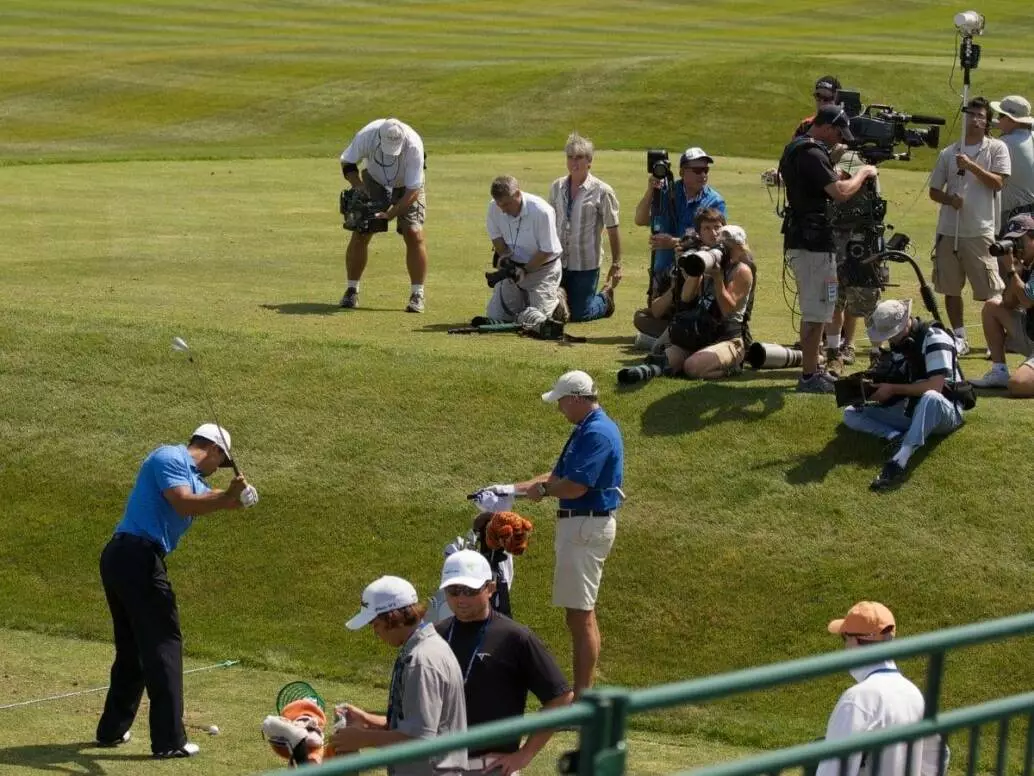
Whilst the “caddie” theory is interesting, the true story as to the Scottish origins of the word, and of why golfers yell “fore”, may have more to do with poetry.
Scotland of course is a place of prose and song, and the word “fore” (or “afore”) is often used simply as a romanticized abbreviation of “before”. And so the urgent news of an errant shot departing the tee – or a tree – and heading in the direction of a member of the public rather than for the hole is ably imparted through this one commanding syllable.
Differing Terrain on The Fairway
The oldest style of the golf course is the links and ironically (or perhaps not) it was first developed in Scotland, a country that still boasts some of the world’s best golf courses today. The term refers to an area comprising coastal sand dunes or even open parkland. When the terrain is firmer on the site there is a propensity for golf balls to cause even more damage from open play.
Just one more reason, perhaps, to lay the credit for the introduction of this common and popular golf term at the Caledonian door.
The Dangers of A Ball Strike
Golf balls are typically made from urethane surrounded by rubber mantles and encased in a tough skin. Golfers who play in professional tournaments on a full-sized golf course can hit a ball at over 180 miles per hour. Being hit by an incoming ball, particularly about the head, can cause injury.
This is why golfers shout “fore” before playing a shot which has the potential to veer off course and to hit a person or an item of property. And it is why most people who hear “fore” would take immediate steps to stand out of the way and to avoid being hit.
Changing Usage
Whilst most golf players these days yell “fore” only after making an errant shot, this was not always the case. It was once customary to shout the warning each and every time the ball was struck from the tee. When this happened people around the course may perhaps have become accustomed to it, and the shout would have lost its sense of urgency as a result.
“Fore Left” and “Fore Right”
At a game or tournament involving pro golfers it would not be unusual to hear players yelling “fore left” or “fore right”, as a means of giving more accurate information about the trajectory of the wayward shot coming the way of members of the audience or other golfers.
This serves as a timely warning that a golf ball has not been struck correctly and is traveling in a particular, unscheduled direction. A poor shot to watch out for lest it should be coming straight ahead at you. Tempting though it may be to turn round and face the player issuing the caution, doing so can prove to be an experience that is both costly and painful.
There is in fact a whole host of niche terminology of this kind that can be found on any decent golfing website. GolfWRX is a particularly useful point of reference. It is worth taking the time to look in and follow the links to all the pertinent information that’s out there.
Ten Fun Facts About Golf
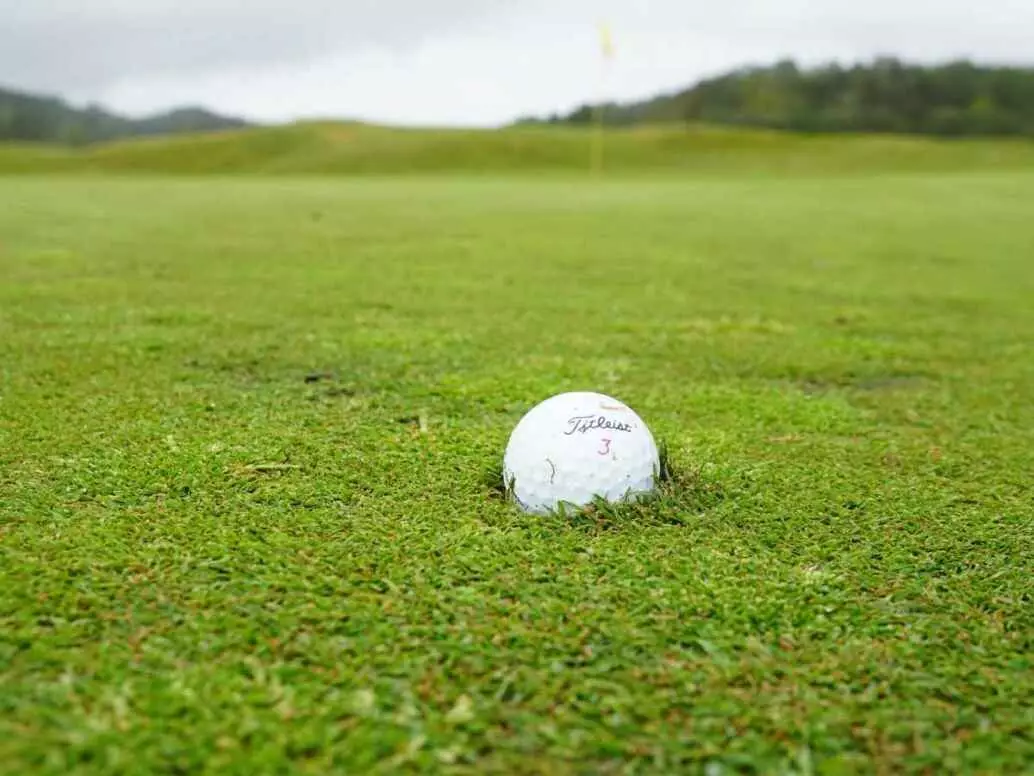
- Although the sport itself originated in 15th century Scotland, the word “golf” came in the first instance from the Netherlands. One theory is that it derived from “kolf”, the Dutch word for “club”.
- The first golf balls were made from leather stuffed with bird feathers. The next batch was made from beech wood. Neither was really conducive to the mass-production demands of today.
- The hole on a regulation golf course has a diameter of 4.25 inches and a depth of 4 inches. Anything else just isn’t regulation.
- Golf is officially the tenth most popular sport in the world, with approximately 450 million fans. The majority of course prefer to just watch rather than to play.
- Golf was originally a game played by shepherds using rocks and sticks, simply to pass the time.
- A typical golf course today has eighteen holes, the completion of which comprises a round. But there are plenty of smaller courses with just nine. Sometimes the golfer, or a group of golfers, will simply go round twice.
- The average golf cart negotiates the course at between twelve and fourteen miles per hour.
- The odds of the average golfer sinking a hole in one are 1 in 12,000. For a decent pro golfer this reduces to around 1 in 3,000.
- Whilst many golf players have been well-heeled, a golfer can come from any background. Seve Ballesteros grew up in a small Spanish village where he first learned to play golf on the beach with a 3-iron handed to him by his brother. Chi Chi Rodriguez was raised in poverty in Puerto Rico, once almost dying of rickets caused by vitamin deficiency.
- The first rule of etiquette amongst golf players is the safety of other golfers. This is why golfers shout “fore” to warn others after a member of a group hits an errant shot.
Forewarned Is Forearmed
So should anybody ask why do golfers yell “fore” after playing a wayward shot, the answer is it is a courtesy born of a desire to prevent injury to fellow competitors or members of the public who have gone along to watch play from a golf ball traveling at speed. Like many other aspects of the game, it is a custom which has developed and been tweaked to suit down the years.
Unlike rugby or, say, boxing, golf is not a practice which might often be expected to cause injury. Nevertheless, the velocity of an angry golf ball is not to be treated lightly. If approaching in the direction of your head, it really is best avoided. When you hear the shout “fore” move out of the way, duck or take whatever evasive action available to you.
It really is for the best.
